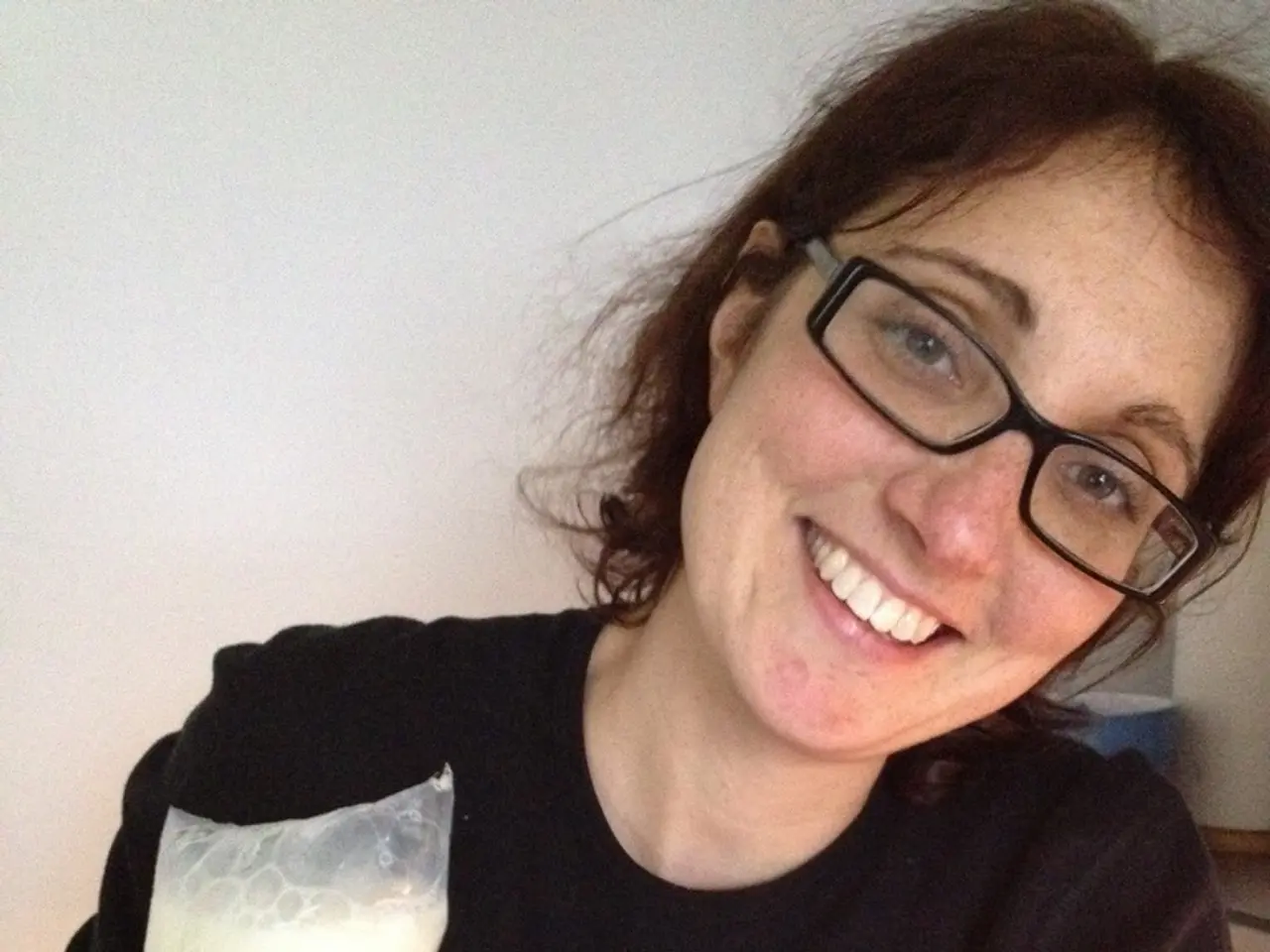Alleviating Lactose Intolerance Discomfort: 6 Practical Strategies
Lactose intolerance affects many individuals, causing symptoms like gas, bloating, and crampy feelings after consuming dairy. This condition occurs when the body lacks the digestive enzyme lactase. Fortunately, there are several effective remedies to alleviate these symptoms.
Primary Medical Approach
The primary medical approach to managing lactose intolerance relies on lactase supplementation and dietary adjustments. Lactase enzyme supplements, taken just before consuming lactose-containing foods, help break down lactose and reduce digestive symptoms.
Diet modifications are crucial, including avoiding or limiting lactose-containing dairy products and switching to lactose-free or low-lactose alternatives. Gradually reintroducing small amounts of lactose may improve tolerance in some people.
Natural Methods
In addition to medical approaches, natural methods can provide supportive symptom relief. Abdominal massage, for instance, can help release trapped gas, reduce bloating, and alleviate cramping. To perform an abdominal massage, start on the lower right side of your abdomen, make light, circular motions up the right side, move to the left side, and repeat for up to 10 minutes.
Heat application, such as applying a warm compress, heating pad, or hot water bottle on the abdomen, relaxes intestinal muscles, improves blood flow, and reduces cramping and discomfort, potentially providing fast relief in 15 minutes.
Other natural methods include gentle stretching or yoga poses, deep breathing, and stress reduction, all of which can indirectly help reduce symptoms.
Lifestyle Tips
Eating slowly and chewing thoroughly can minimize swallowed air and gas buildup. Staying hydrated with water or warm herbal teas supports digestion. Over-the-counter medications like simethicone (e.g., Gas-X) can help reduce gas symptoms but do not affect lactose metabolism directly.
Additional Foods to Avoid
To alleviate symptoms, it is recommended to avoid certain foods and drinks like alcohol, caffeine, beans, carbonated beverages, fermented foods, fried, acidic, or spicy foods, sugary foods, and products made with sugar alcohols or artificial sweeteners.
In Summary
While the primary medical approach relies on lactase supplementation and dietary adjustments, natural methods like abdominal massage and heat therapy provide supportive symptom relief. Consulting a healthcare professional or dietitian can help tailor the approach for individual needs.
[1] https://www.ncbi.nlm.nih.gov/pmc/articles/PMC2751280/ [2] https://www.ncbi.nlm.nih.gov/pmc/articles/PMC4936790/ [3] https://www.ncbi.nlm.nih.gov/pmc/articles/PMC2751281/ [4] https://www.ncbi.nlm.nih.gov/pmc/articles/PMC4475868/ [5] https://www.ncbi.nlm.nih.gov/pmc/articles/PMC2816999/
Read also:
- Exploring Botox as a Treatment for Interstitial Cystitis: Insights, Adverse Effects, and Further Details
- Linking brain weakness and cognitive decline: An examination of the potential relationship
- Is it Possible that Stem Cells Improve Joint Durability and Mobility during Senior Years?
- Is a Measles Booster Vaccination Required? You Might Be Shocked by the Response





